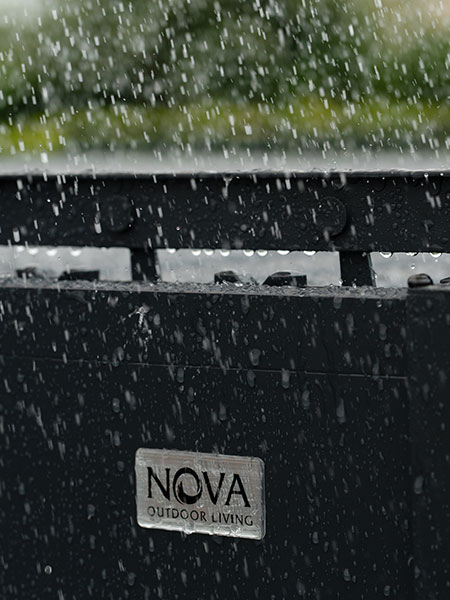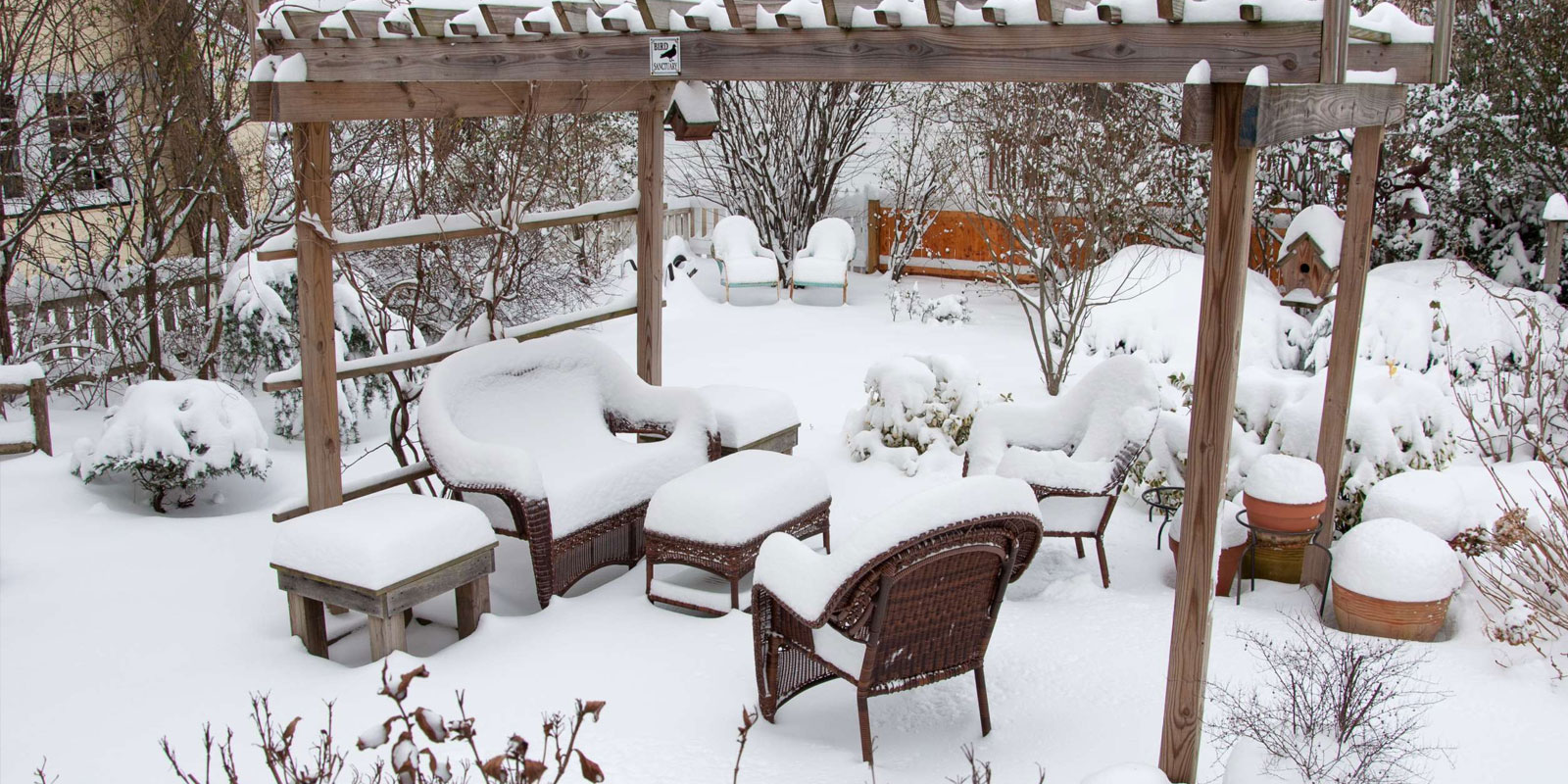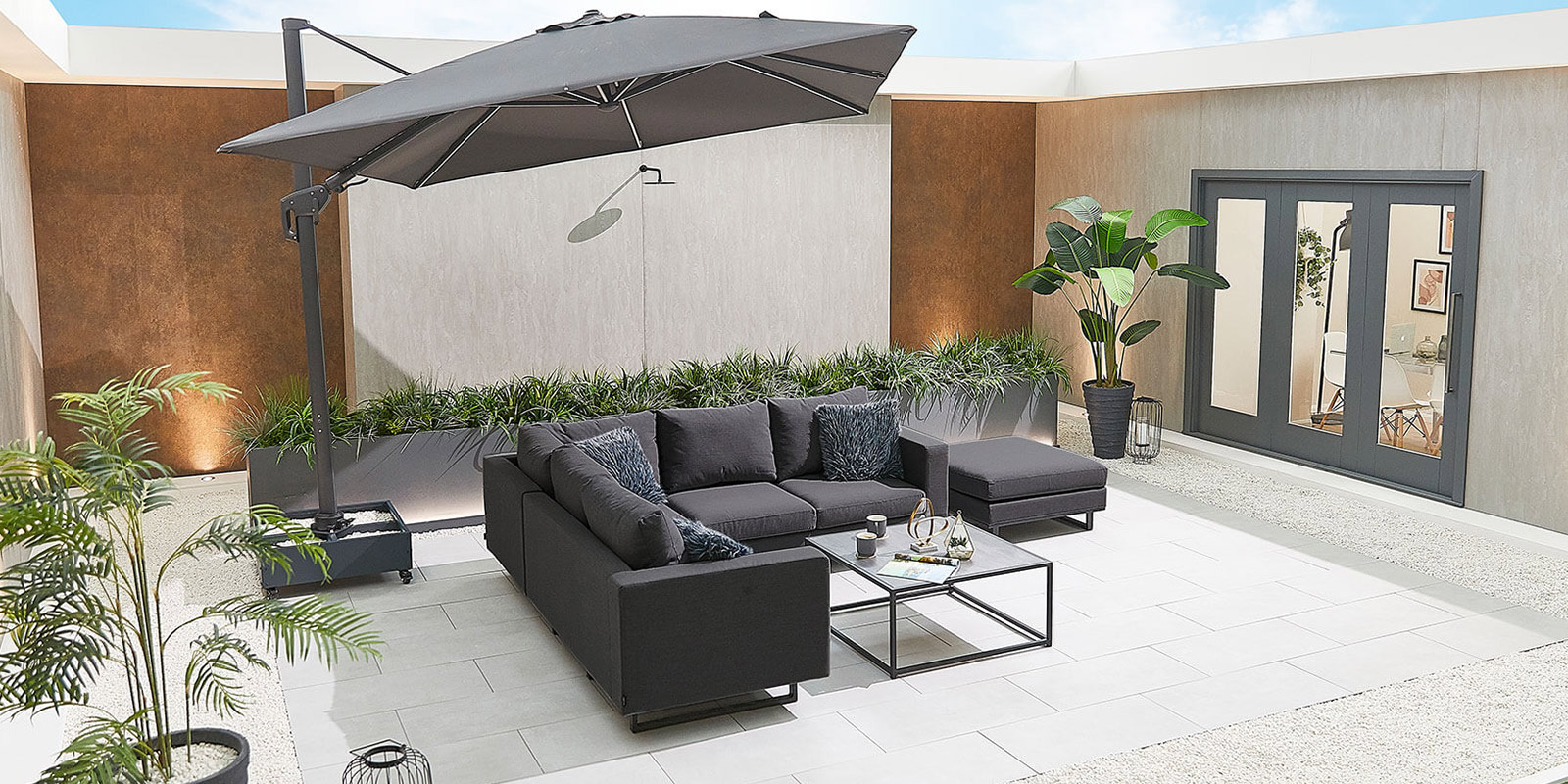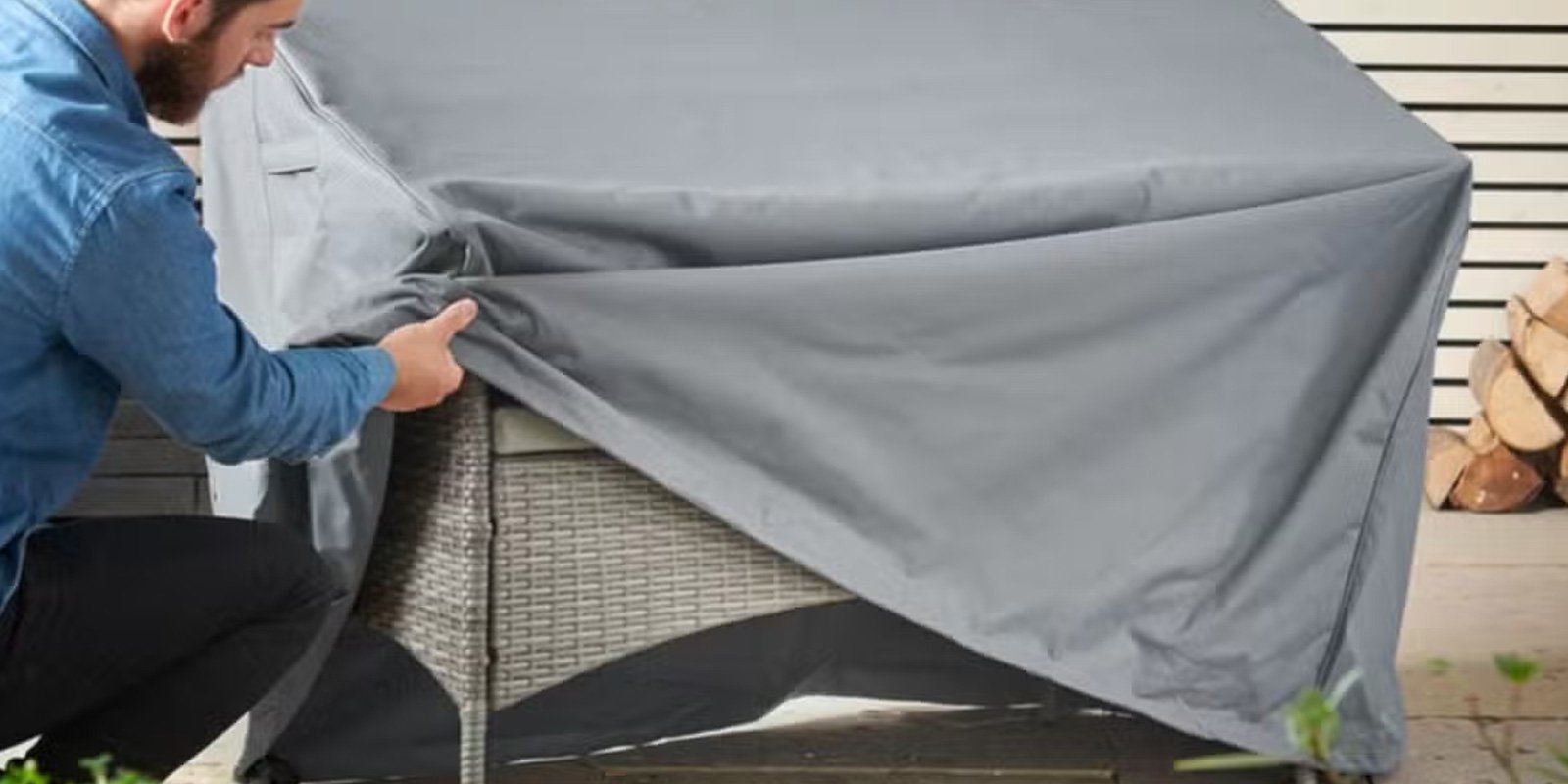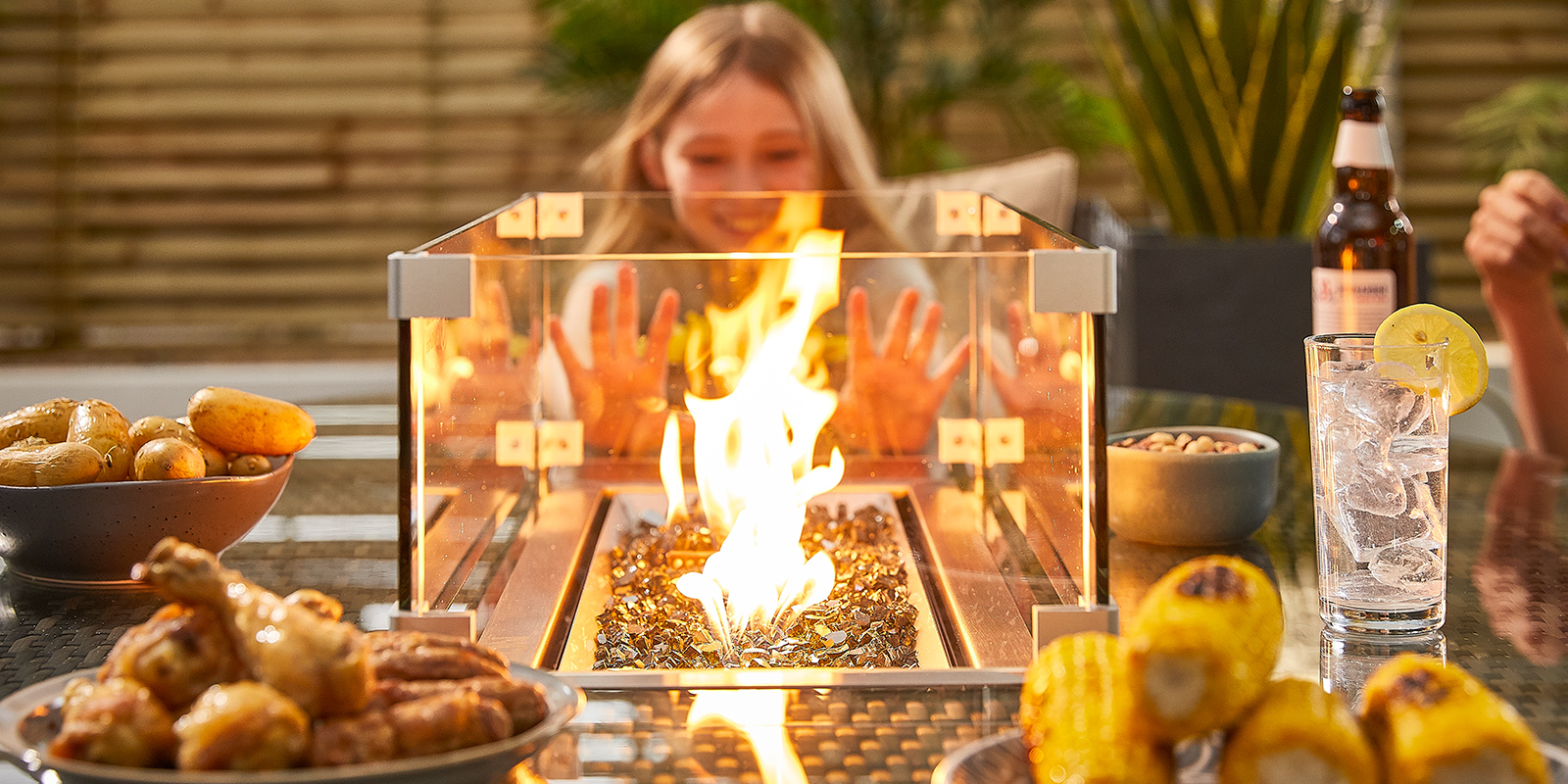The cold and wet weather that epitomises Autumn and Winter is fast approaching, so you need to be mindful of how your garden might fare in the change in the climate. Although the nights are getting darker earlier, there is still plenty you can get stuck into in the daytime hours to ensure your garden remains in tip-top condition and ready for the return of the warmer months.
As long as you keep off the grass as much as possible, as it can get squashed and damaged easily when it is wet underfoot, you can still sort your plants, decking and fences with ease. If you do need to walk on the grass, it is sensible to put a plank of wood down to walk on, to spread your weight more evenly and avoid potential issues.
Repairing Fences And Decking
Before you start on any of the greenery, it is wise to make sure your garden is protected as much as possible from the elements. Make repairs to fences and protect the wood of your decking by polishing or lacquering it to give it an added protective layer. You may find that you want to replace some areas that have rotted, splintered or broken.
Installing something like composite fencing is a long-lasting solution that will negate the need to repair or replace every year. Its WPC fencing planks and powder-coated aluminium posts don’t weather and warp like timber, making it an extremely durable option. They also avoid mould and other unsightly unhygienic fungal growths, so you have more time to spend on the green-fingered aspect of your garden.
The same goes for guttering that may lead into the garden. The last thing you need is more water pouring into your flower beds and onto your lawn, after heavy rainfall.
Pruning Tress And Bushes
Autumn is the ideal time to prune trees and bushes, to get them growing back stronger and healthier. Deadhead any plants due to flower in the coming months, as well as pruning back shrubs that bloom in the summertime, to allow them space to breathe and grow more successfully. You want to do this before the cold really sets in and frost besets the garden each morning, so make this one of your first jobs to tackle.
Prune any rose bushes in January or February to make the most of them. Make sure to get rid of any damaged or diseased stems or flowers, and cut back the plant to about half the size it is now. You are aiming for a rounded shape that is even all round, for optimal condition.
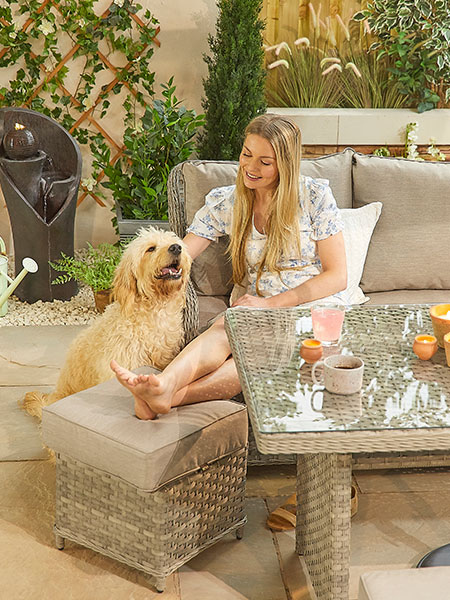
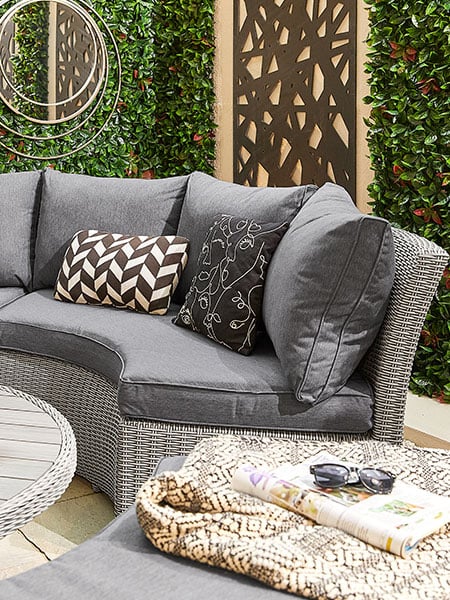
Autumn is the ideal time to
prune trees and bushes, to get them
growing back stronger and healthier
Harvesting Fruit And Vegetables
It is no coincidence that traditional Harvest Festivals happen in the month of September or October. This is the best time of year to reap the rewards of the vegetables you will have been growing all year. Potatoes, leeks, carrots and cabbages are all ripe for the picking, lending themselves beautifully to warming soups and hearty Sunday roasts.
Make sure you discard any rotten fruit or vegetables though, as you don’t want them to contaminate the rest of your crops. Adding them to a compost heap which you can use to mulch your garden later on is a great way of being sustainable and not wasting anything, as well as saving you money on buying ready-made compost.
Once harvested, digging the beds to loosen and break up the soil allows it to improve its nutritional structure, particularly if you have clay-based soil. Don’t try to do this if the ground is too hard or wet though, so choose your timing carefully and then attack with your shovel or trowel.
Planting For The New Season
When it reaches around December time, now is the right moment to plant the fruit that you want to be able to enjoy next summer. Rhubarb is particularly hardy, as are most fruit trees, while blackberry and blueberry bushes can also be planted now to make the most of the wet weather. Garlic is also resistant to harsh weather and can be submerged into your beds if conditions allow.
If you don’t wish to plant anything over the winter and your vegetable patch is going to be dormant, cover it with cardboard or landscaping fabric, which you can weigh down with bricks or large stones to keep it from lifting or blowing away. Not only will this stop weeds from growing, but it will also mean that the nutrients in the soil won’t escape, and it will be warm enough to start planting again in the Spring.
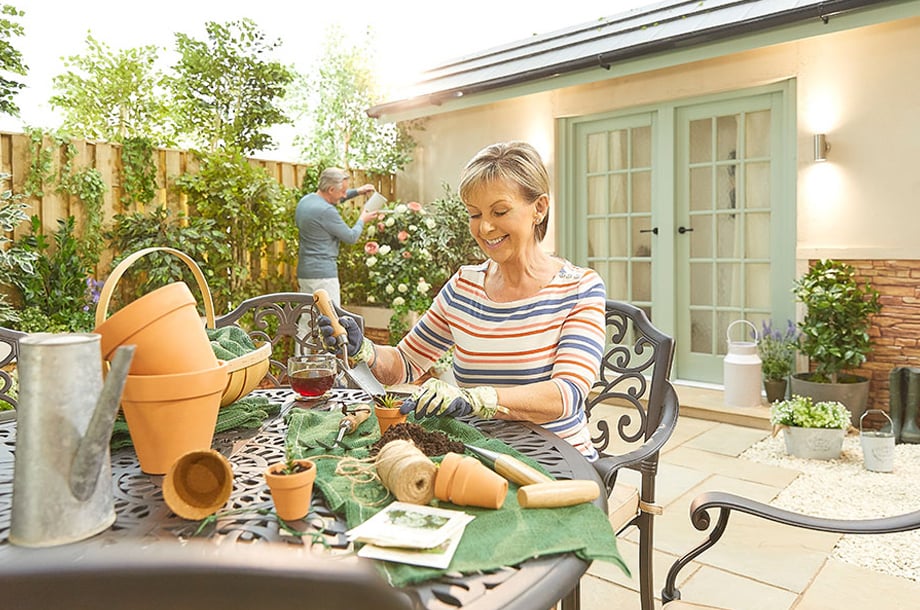
Protecting Plants And Animals
Putting some sort of winter covering over your plants will help to protect them from the cold and wet weather, as well as any pests, while still allowing them the space to grow. Bubble wrap is a particularly good and easily obtainable choice. Alternatively, if you are able, bring some of the more delicate plants into your house or a greenhouse to nurture them inside.
Animals such as hedgehogs often go into hibernation in the winter, so it is important to keep an eye out for them and not disturb them too much – particularly if you have built a bonfire in your garden that could be deadly.
Planting climbers such as ivy will also give birds some shelter, and if you have a bird box or bird table keep it stocked up, as it is much more difficult for birds to forage for their own food when the ground is frozen solid. Shrubs with berries can also be useful in helping to feed birds in the winter. Adding some lavender into the planting mix now will then give bees and butterflies something to feed on in the summer.
Final Thoughts
Don’t be put off by the cold and damp. Wrap up warm and get those wellies on and prepare to tackle your garden head-on. You will be pleased you did when spring rolls around and you can see the fruits of your labour in glorious garden technicolour.
The good news is, that your garden furniture won't need nearly as much work. Invest in a winter furniture cover and you'll be able to unwrap it ready to use in the spring months and summer. By using the winter months to really keep on top of things, you can avoid any unnecessary complications later on, and just enjoy long sunny summer days in your self-made garden paradise.
